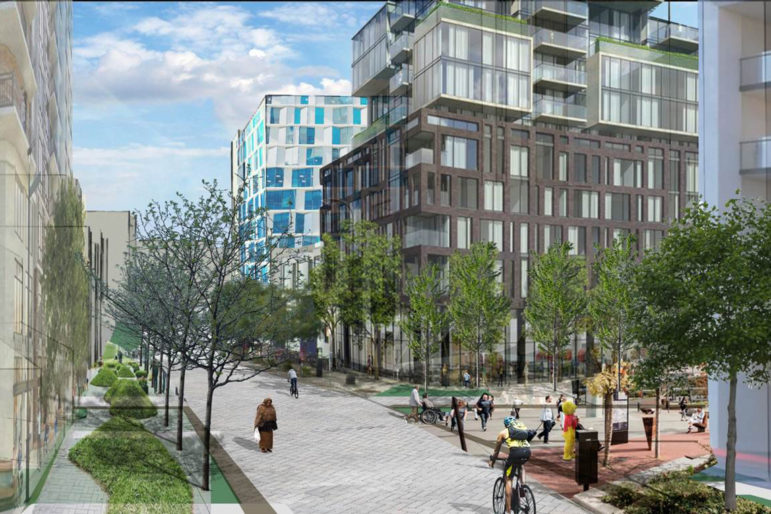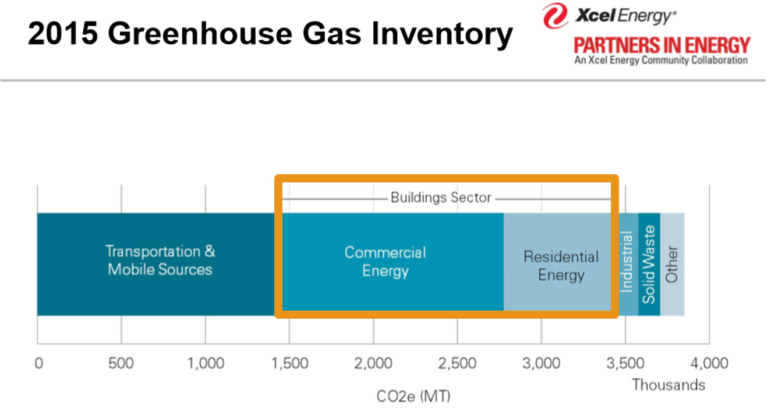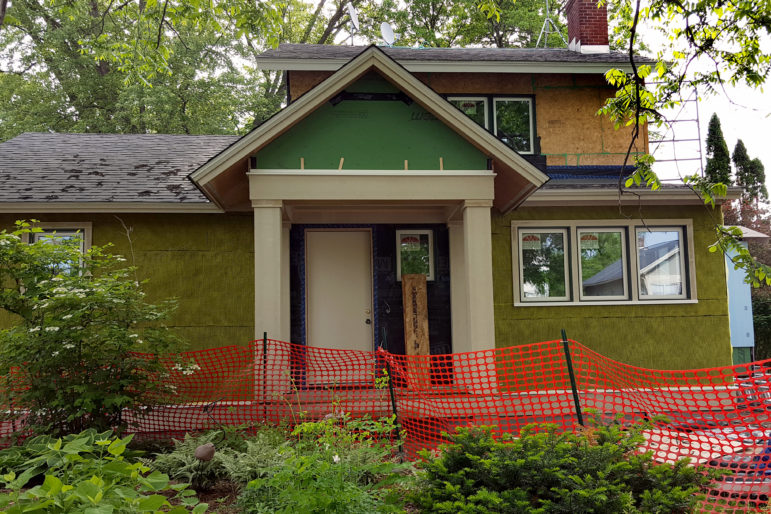
Buildings account for roughly 40 percent of the carbon emissions in our economy. Because much of the energy used in buildings is for space and water heating, cleaning up the electric grid won’t necessarily reduce building emissions on its own. In order to dramatically reduce our buildings’ energy footprints, we need to make them so super-efficient that they can run on small amounts of clean electricity.
Ensuring new building are super-efficient

One of the most critical aspects of building design is the state building energy code. Our energy code ensures all new homes and buildings are well-built, lowering utility costs and reducing the risks for expensive repairs down the line. That’s why we work hard to not only to improve and protect Minnesota’s building code, but also to help implement it. In a city like Saint Paul, 52 percent of emissions come from buildings. Because of this large redevelopment projects like the Ford Site present a unique opportunity to design sustainable buildings from the get-go.
Improving existing buildings

Designing a building to be more efficient during the construction phase will always be easier than retrofitting existing buildings. But making energy efficiency improvements to older buildings and homes can in some ways be even more critical. For renters—who pay a higher share of their monthly costs to their utility bills—living in drafty, inefficient units can make for an unhealthy and unaffordable living environment. That’s why we specifically work to improve multifamily energy efficiency programs to make healthy, affordable housing a reality for everyone.
Low hanging fruit
Switching our heating over to electric heat pumps may be a long-term vision, but it’s also entirely feasible right now—especially for customers who rely on delivered fuels. In many parts of Minnesota, families heat their water and homes with propane or fuel oil. By transitioning these homes over to air source heat pumps and electric water heaters, we can dramatically reduce their energy footprint—especially if the electric grid is using more clean energy.
